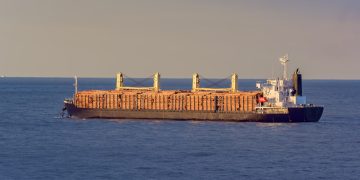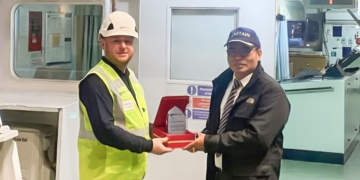Following basic tanker seamanship practice ensures that liquid cargo contamination claims could be avoided during standard tanker practices of sampling when loading petroleum products.
Gard highlights the importance of the manifold and first foot samples.
According to Gard’s correspondents, Novorissiysk Insurance Company Nostra Ltd., several cases of flash point depression in gasoil cargoes were observed that were loaded after cargoes of naphtha or unleaded gasoline. A common factor was that charterers/shippers continued to load the cargo either without prompt testing of the first foot sample or in the hope that cargo will be blended off to correct flash point even after the first foot samples were found to be off spec on flash point.
Following, it is added that a common reason for depression of the flash point is contamination of a high flash point cargo, such as gas oil, by a cargo with a low flash point such as gasoline or naphtha. The source of the contamination could either be ship or shore based.
Following are some of the causes of contamination:
Physical contamination: Improper cleaning of the ship’s tanks and pipelines to remove residues of the previous cargo, and/or Contamination in shore pipelines.
Vapour contamination: this usually occurs when high flash cargo is loaded into a tank containing vapours of previous low flash cargoes. Generally, the contamination process is slow. This could be explained by insufficient purging of the tanks by inert gas to ensure a hydrocarbon content in vapours is below 2% by volume.
Recommendations:
- As a general guide, a manifold sample shall be obtained at commencement of loading and thereafter at certain intervals to obtain a representation of what was the cargo in the shoreline and in the shore tank. The period over which such sample is taken should last till line displacement is completed and the cargo from the shore tank has reached the vessel. Where the shoreline is very short, it may be a matter of 10 minutes, but in other cases, it may take longer (say an hour or more).
- First foot samples: loading shall be restricted to no more than a pair of tanks upon commencement. The samples should be tested at least for the most sensitive parameters before loading is continued in the remaining tanks. If the terminal insists on continuous loading without testing of samples, the ship’s master should take instructions from owners.

































































